



 Tech & IT
Tech & IT
 Business
Business
 Coding & Developer
Coding & Developer
 Finance & Accounting
Finance & Accounting
 Academics
Academics
 Office Applications
Office Applications
 Art & Design
Art & Design
 Marketing
Marketing
 Health & Wellness
Health & Wellness
 Sounds & Music
Sounds & Music
 Lifestyle
Lifestyle
 Photography
Photography
More Learnfly
Business Solution Become an InstructorHTML (HyperText Markup Language) is a standard markup language used to create and design webpages by structuring content with elements and tags for text, images, links, and multimedia.

By : Laurence Svekis
Learn HTML CSS JavaScript all in one place packed with exercises and source code with...
4.8 85496
17:12:46 hrs 247 lectures Beginner Level
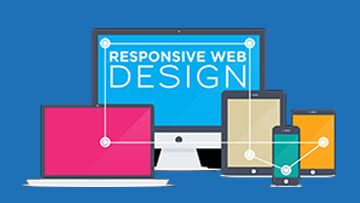
By : Chris Converse
Learn to create a web design that adapts to varying screen sizes and printi...
4.6 5983
3:44:40 hrs 55 lectures Beginner Level












Learn more topics in various categories at one place. Explore unlimited courses in other categories and up-skill yourself today.

 Jazeb Akram
Jazeb Akram 4.2 771161 Beginner Level

 John Hedengren
John Hedengren 4.1 569067 All Level

 Ranjan Pandey
Ranjan Pandey 4.1 346732 All Level

 Muhammad Ahsan Pervaiz
Muhammad Ahsan Pervaiz 4.2 101340 All Level

 Pieter Vliegenthart
Pieter Vliegenthart 4.6 100920 All Level

 Jerome P.
Jerome P. 4.8 100883 All Level

 Senol Atac
Senol Atac 4.9 100096 All Level

 Vikas Munjal
Vikas Munjal 4.8 100067 Beginner Level

 Avinash A
Avinash A 4.8 100018 All Level
.jpg)
 Thilak Sundaram
Thilak Sundaram22 Lectures Beginner Level
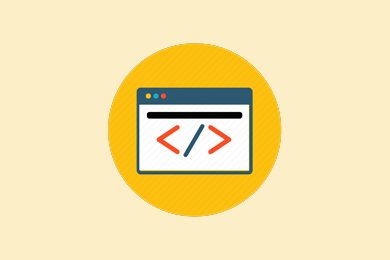
 Faisal Zamir
Faisal Zamir108 Lectures Beginner Level

 Chris O'Neill
Chris O'Neill22 Lectures Beginner Level

 Sekhar Metla (Microsoft Certified Professional) Sudha
Sekhar Metla (Microsoft Certified Professional) Sudha70 Lectures Beginner Level

 Faisal Zamir
Faisal Zamir92 Lectures Beginner Level
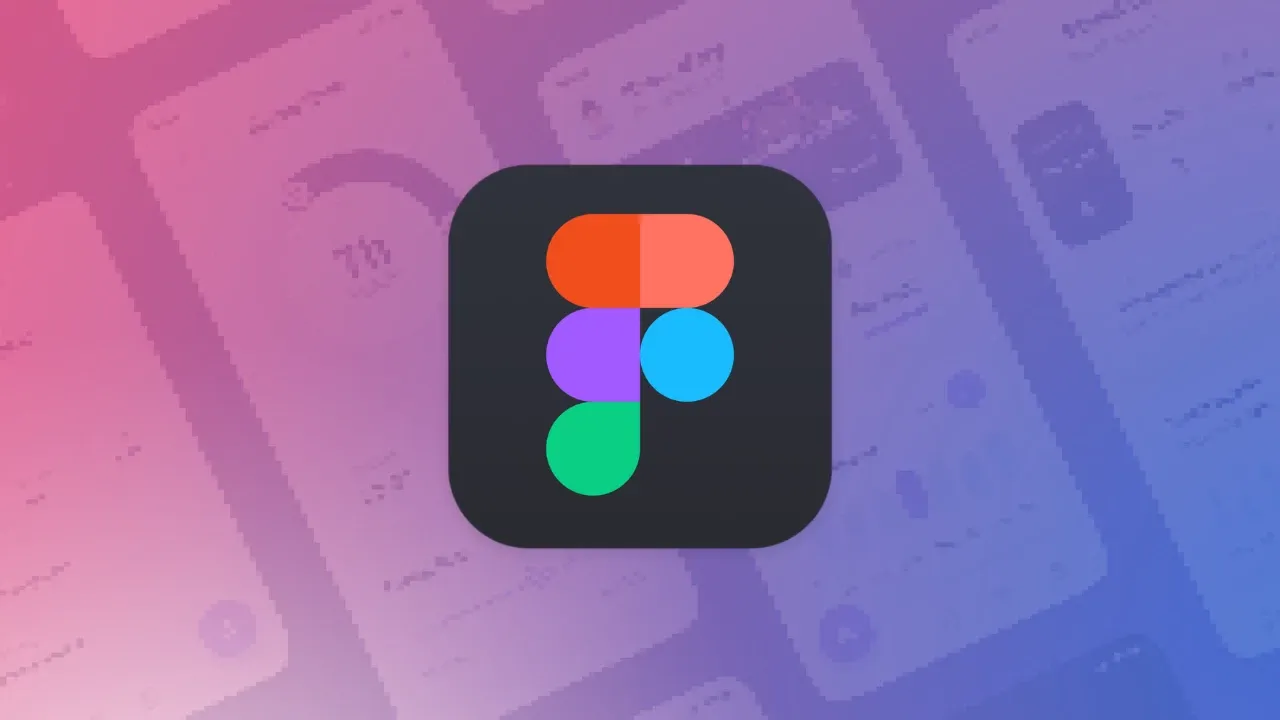
 Chetan Pujari
Chetan Pujari 44 Lectures Beginner Level

 Jeff Hendrickson
Jeff Hendrickson26 Lectures Beginner Level

 Danny Liu
Danny Liu20 Lectures Beginner Level

 Siddharth Srinivasan
Siddharth Srinivasan33 Lectures Beginner Level

 Siddharth Srinivasan
Siddharth Srinivasan15 Lectures Beginner Level

 Muhammad Ahsan Pervaiz
Muhammad Ahsan Pervaiz111 Lectures Beginner Level

 Tharun Shiv
Tharun Shiv21 Lectures Beginner Level
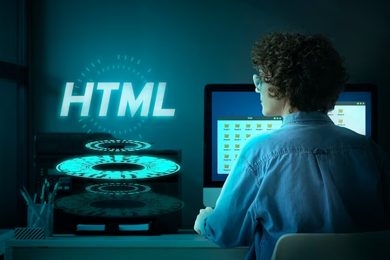
 Sekhar Metla (Microsoft Certified Professional) Sudha
Sekhar Metla (Microsoft Certified Professional) Sudha22 Lectures Beginner Level
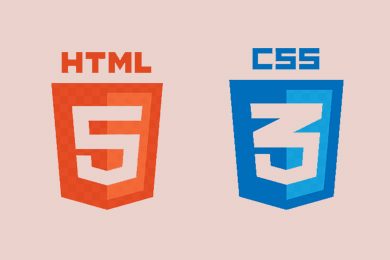
 Jazeb Akram
Jazeb Akram70 Lectures Beginner Level

 Laurence Svekis
Laurence Svekis43 Lectures Beginner Level

 Laurence Svekis
Laurence Svekis13 Lectures Beginner Level
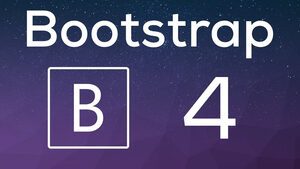
 Laurence Svekis
Laurence Svekis23 Lectures Beginner Level

 Laurence Svekis
Laurence Svekis247 Lectures Beginner Level

 Chris Converse
Chris Converse55 Lectures Beginner Level
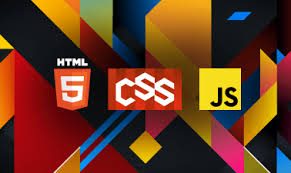
 Ishmeal Lamptey
Ishmeal Lamptey39 Lectures Beginner Level
HTML stands for HyperText Markup Language. It is the standard markup language used to create and design web pages.
HTML uses a system of tags to structure content. Tags define elements such as headings, paragraphs, links, and images, providing a hierarchical organization for web page content.
The DOCTYPE declaration specifies the version of HTML being used and helps browsers render web pages correctly. It ensures compatibility and adherence to HTML standards.
HTML5 is the latest version of HTML and comes with new features and enhancements, including support for multimedia elements, improved form controls, and better semantics for structuring web documents.
The "alt" attribute in HTML is used to provide alternative text for images. It describes the content of the image and is displayed if the image cannot be loaded.





